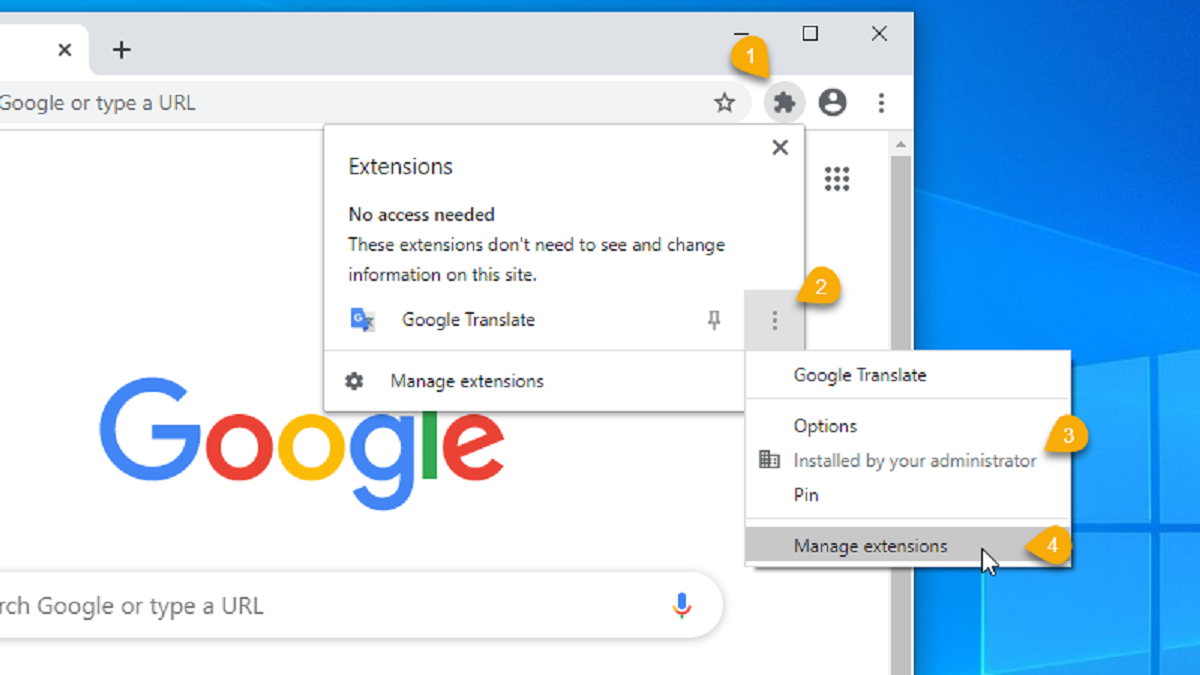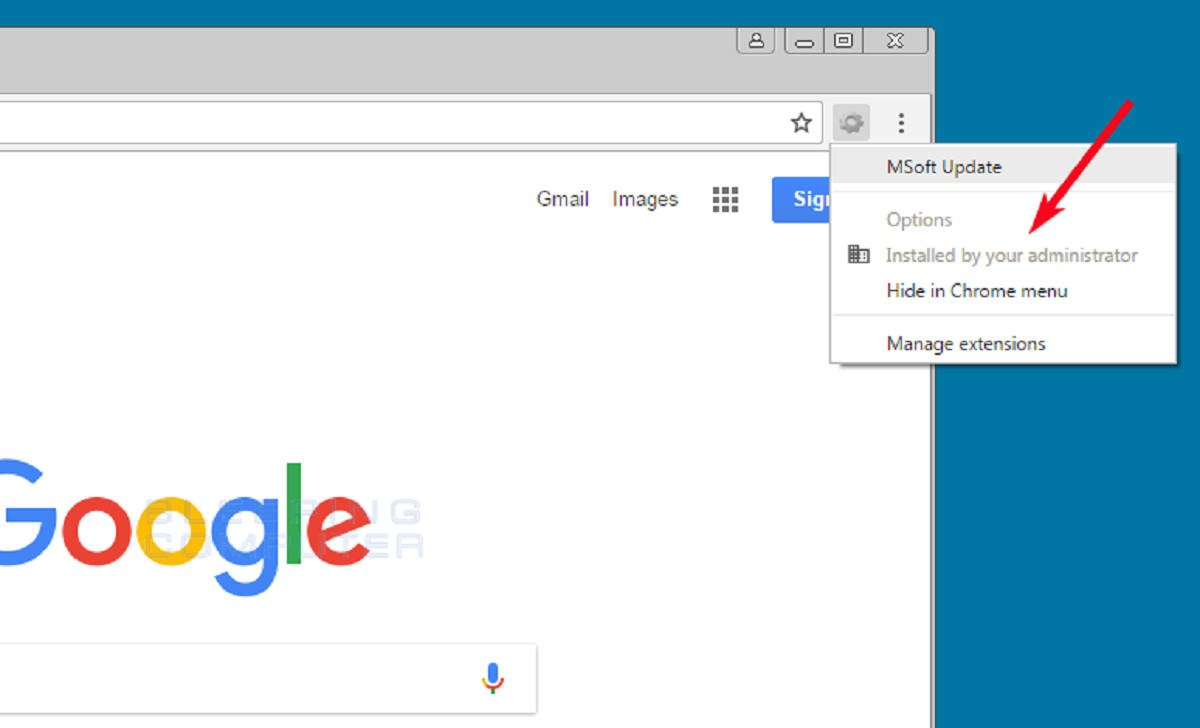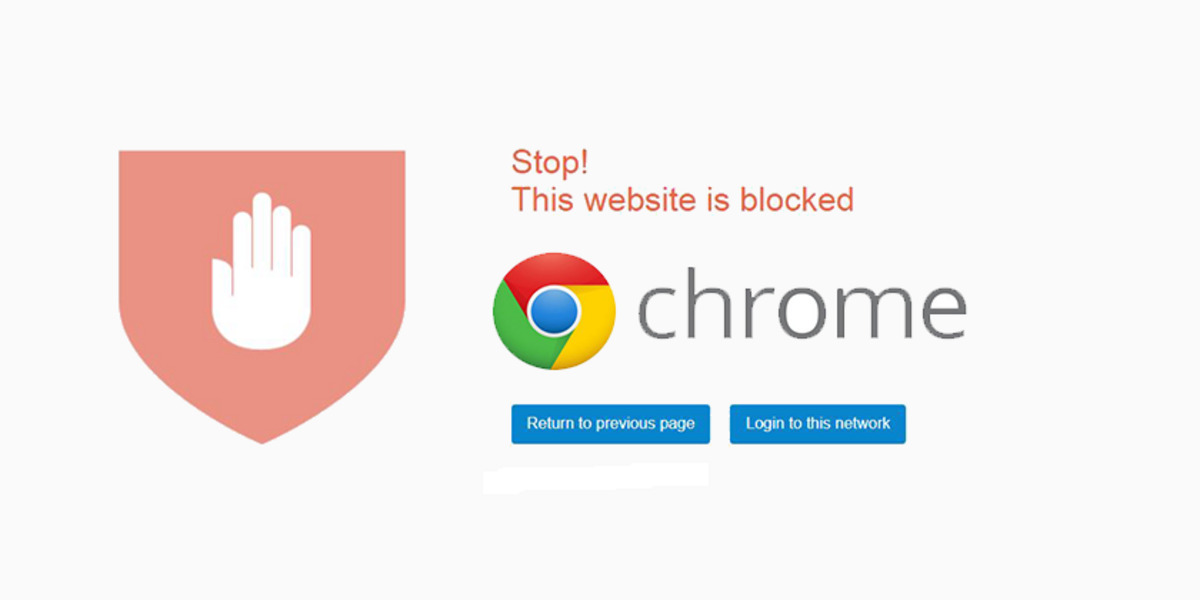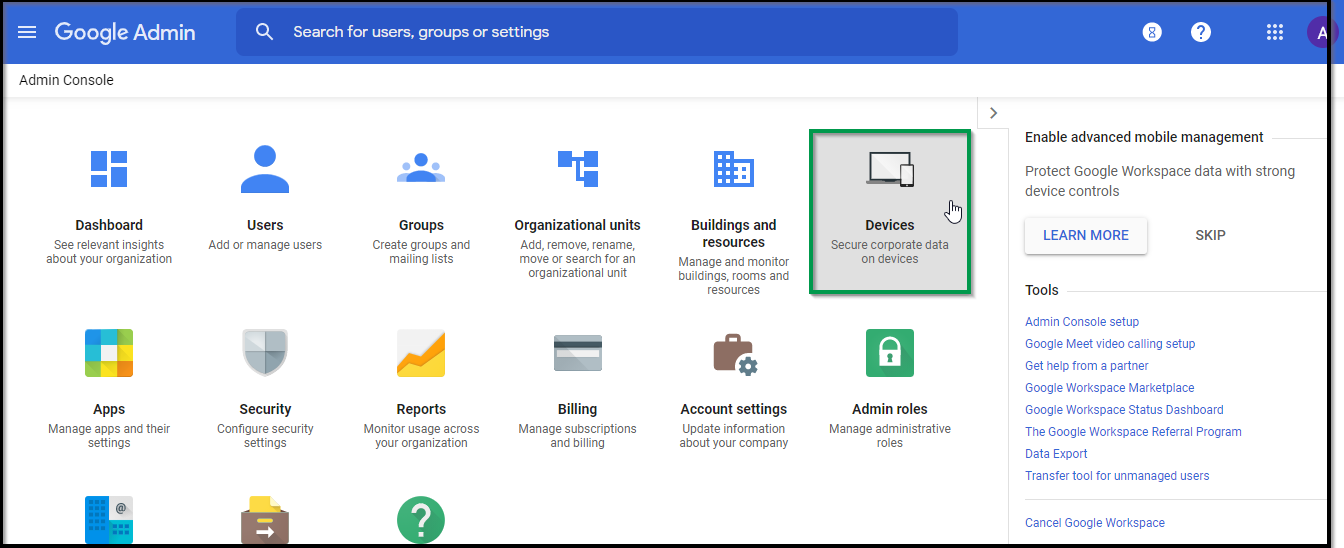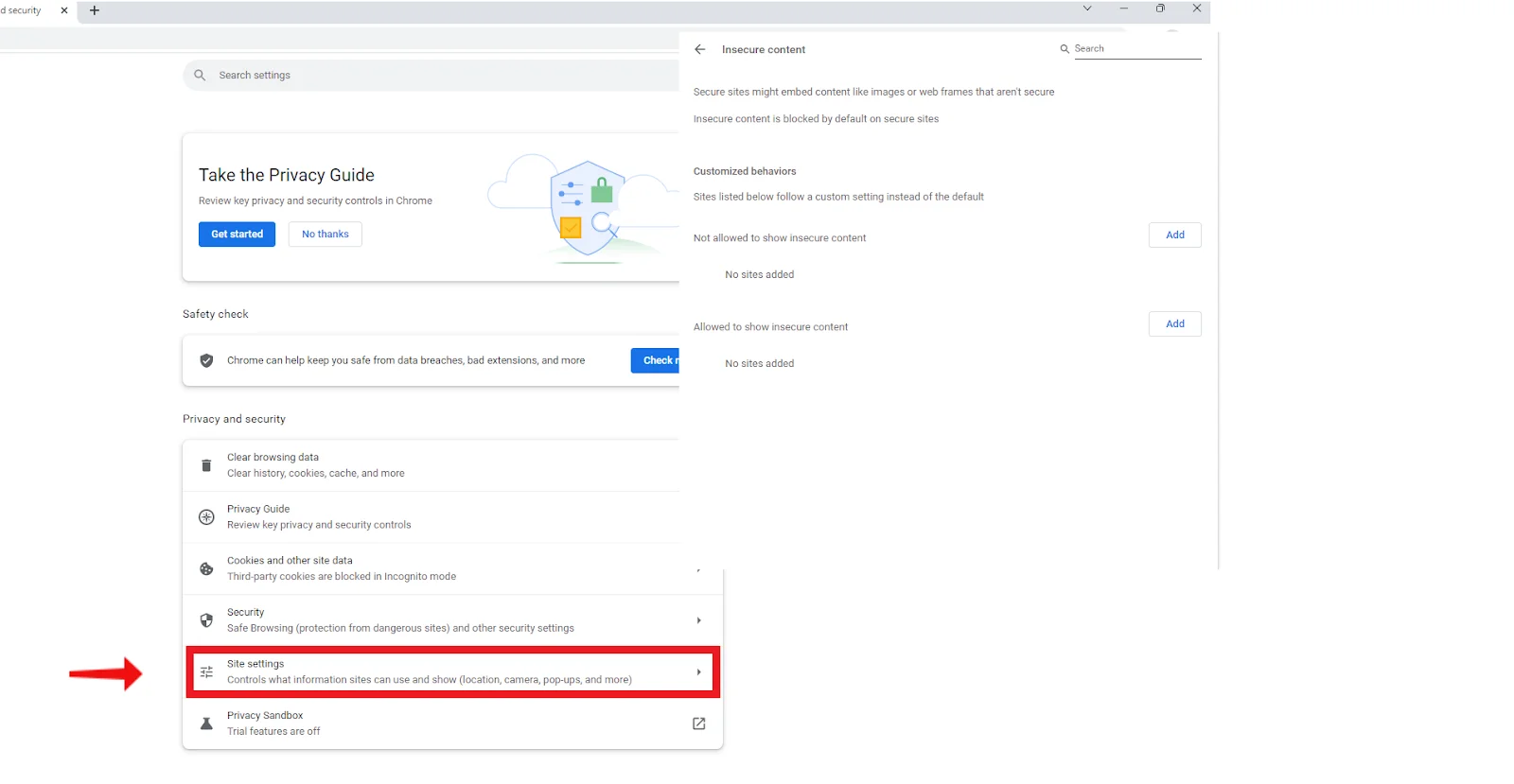Introduction
Chromebook users often rely on extensions to enhance their browsing experience and add extra functionality to their devices. While most of these extensions are installed by the users themselves, there are some instances where certain extensions are installed by the administrator. These administrator-installed extensions can restrict users’ access to certain features or websites, impacting their ability to customize their Chromebook according to their preferences.
In this article, we will discuss how to remove Chrome extensions that have been installed by the administrator on your Chromebook. We will explore different methods that you can use to identify and uninstall these extensions, giving you full control over your device and allowing you to personalize your browsing experience.
Whether you’re a student, professional, or simply a Chromebook user who wants to optimize their device, understanding how to remove administrator-installed extensions is essential. By following the methods outlined in this article, you can regain control over your Chromebook and customize it to suit your needs.
Before we dive into the methods, it’s important to note that removing administrator-installed extensions may require certain permissions or system knowledge. It’s always recommended to proceed with caution and ensure you have the necessary rights or expertise before making any changes to your Chromebook.
In the following sections, we will explore different methods to identify and remove administrator-installed Chrome extensions, ranging from simple deletion via the Chrome browser to more advanced techniques using the Chrome OS Files app. Each method is designed to give you flexibility and options, so you can choose the one that best suits your comfort level and requirements.
Understanding Chromebook Extensions
Before we delve into the process of removing administrator-installed Chrome extensions, it’s important to have a clear understanding of what these extensions are and how they function on your Chromebook.
Chromebook extensions are small software programs that can be installed on your Chrome browser to add additional features, enhance functionality, or modify the appearance of your browsing experience. These extensions are typically created by third-party developers and can be easily downloaded and installed from the Chrome Web Store.
Extensions can serve a wide range of purposes, such as blocking ads, improving productivity, managing passwords, or providing quick access to popular websites or applications. Users have the freedom to choose and install extensions that align with their specific needs, making their browsing experience more personalized and efficient.
However, in certain cases, extensions may be installed by the administrator of your Chromebook. Administrators have the ability to push specific extensions to the devices within their management domain. This can be done for various reasons, such as maintaining security protocols, ensuring compliance, or restricting access to certain websites or features.
These administrator-installed extensions can sometimes limit your flexibility and control over your Chromebook. They may override your preferences, impose restrictions on browsing activities, or limit the installation of additional extensions. This can be frustrating, especially if you want to tailor your Chromebook experience to your own preferences and needs.
It’s worth noting that not all extensions installed by the administrator are necessarily undesirable or restrictive. Some extensions may be necessary for school or work-related purposes. However, if you find that certain extensions are hindering your productivity or restricting your browsing experience in ways that are not aligned with your needs, it’s important to know how to remove them.
In the following sections, we will guide you through various methods to identify and remove these administrator-installed Chrome extensions, giving you the freedom to customize your Chromebook according to your preferences once again.
Identifying Administrator-Installed Chrome Extensions
Before you can remove administrator-installed Chrome extensions from your Chromebook, you need to identify which extensions are installed by the administrator. This will help you differentiate between the extensions you installed yourself and the ones that were pushed by the administrator.
Here are a few methods to determine if an extension is administrator-installed:
- Chrome Web Store Indication: When you visit the Chrome Web Store, you may notice a message next to certain extensions indicating that they are “Installed by your administrator.” This is a clear indication that these extensions have been pushed by the administrator and cannot be uninstalled through the usual methods.
- Chrome Extensions Settings: Open your Chrome browser and click on the three vertical dots in the top-right corner to access the Chrome menu. From the menu, go to “More tools” and click on “Extensions.” In the Extensions settings page, you’ll find a list of all the extensions installed on your Chromebook. Look for any extensions that have a small shield icon next to them. These shield icons indicate that they are administrator-installed extensions.
- Chromebook Management Console: If you’re using a Chromebook that is managed by an organization, such as a school or workplace, the administrator may have a management console where they can view and control the extensions installed on your device. Contact your administrator or IT department to inquire about the extensions that have been pushed to your Chromebook.
By using these methods, you can easily identify which extensions on your Chromebook are installed by the administrator. This knowledge will be essential as you proceed with the removal process, ensuring that you target the right extensions and regain control over your browsing experience.
Removing Administrator-Installed Chrome Extensions
Once you have identified the administrator-installed extensions on your Chromebook, it’s time to remove them. There are several methods you can use to uninstall these extensions and regain control over your browsing experience. Let’s explore each method in detail:
- Method 1: Deleting Directly from Chrome Browser: One of the simplest ways to remove administrator-installed extensions is by deleting them directly from the Chrome browser. To do this, open your Chrome browser and click on the three vertical dots in the top-right corner to access the Chrome menu. From the menu, go to “More tools” and click on “Extensions.” Locate the administrator-installed extension you want to remove and click on the “Remove” button next to it. Confirm the removal, and the extension will be uninstalled from your Chromebook.
- Method 2: Using Chrome Settings: Another method to remove administrator-installed extensions is by accessing the Chrome settings. Open your Chrome browser and click on the three vertical dots in the top-right corner to access the Chrome menu. From the menu, go to “Settings” and click on “Extensions” from the sidebar. In the Extensions settings page, find the administrator-installed extension you want to remove and click on the toggle button to disable it. This will effectively uninstall the extension from your Chromebook.
- Method 3: Using Chrome OS Files App: If the above methods do not work, you can try using the Chrome OS Files app to remove administrator-installed extensions. Open the Files app on your Chromebook and click on “My files” in the left sidebar. From the list of files and folders, look for a folder named “Extensions.” Open the folder and locate the folder associated with the administrator-installed extension you want to remove. Right-click on the folder and select “Delete” to remove the extension from your Chromebook.
- Method 4: Powerwashing your Chromebook: If the administrator-installed extensions are causing significant issues or if you want to start fresh, you can perform a powerwash on your Chromebook. This will reset your device to its factory settings and remove all extensions, including administrator-installed ones. To perform a powerwash, go to the Chrome OS settings by clicking on the clock in the bottom-right corner of your screen, then click on the gear icon. From the settings menu, go to “Advanced” and click on “Powerwash.” Follow the instructions to reset your Chromebook.
By using these methods, you can remove administrator-installed Chrome extensions from your Chromebook and regain control over your browsing experience. Choose the method that suits your situation and follow the instructions carefully to ensure a successful removal.
Method 1: Deleting Directly from Chrome Browser
One of the simplest and most straightforward methods to remove administrator-installed Chrome extensions is by deleting them directly from the Chrome browser. This method allows you to remove unwanted extensions quickly and efficiently. Here’s how you can do it:
- Open your Chrome browser and click on the three vertical dots in the top-right corner. This will open the Chrome menu.
- From the menu, go to “More tools” and click on “Extensions.” This will take you to the Extensions settings page.
- On the Extensions page, you’ll see a list of all the extensions installed on your Chromebook.
- Locate the administrator-installed extension that you want to remove from the list.
- Next to the extension, you’ll find a “Remove” button – click on it.
- A confirmation prompt will appear asking if you want to remove the extension. Click “Remove” again to confirm.
- The extension will be uninstalled from your Chromebook, and you will no longer see it in the list of installed extensions.
This method works for most administrator-installed extensions and is the easiest way to uninstall them from your Chrome browser. However, please note that some extensions may have certain restrictions imposed by the administrator, which may prevent them from being removed through this method.
By deleting the administrator-installed extensions directly from your Chrome browser, you can effectively regain control over your browsing experience. This method allows you to remove unwanted extensions quickly and efficiently, ensuring that your Chromebook reflects your personal preferences and needs.
Method 2: Using Chrome Settings
Another effective method to remove administrator-installed Chrome extensions is by accessing the Chrome settings. This method provides you with more control and flexibility in managing your extensions. Here’s how you can use the Chrome settings to remove these extensions:
- Open your Chrome browser and click on the three vertical dots in the top-right corner to access the Chrome menu.
- From the menu, select “Settings.” This will take you to the Chrome settings page.
- In the settings page, click on “Extensions” from the sidebar menu.
- You will now see a list of all the extensions installed on your Chromebook.
- Look for the administrator-installed extension that you want to remove from the list.
- Next to the extension, you will find a toggle button. Click on the toggle button to disable the extension.
- Once disabled, the extension will be effectively uninstalled from your Chromebook.
By using the Chrome settings, you have the ability to enable or disable extensions as needed. Disabling an administrator-installed extension will ensure that it no longer functions on your Chromebook. However, please note that some extensions may have certain restrictions imposed by the administrator, which may prevent you from disabling them through this method.
Using the Chrome settings to remove administrator-installed extensions gives you more control over your browsing experience. It allows you to manage and customize the extensions according to your preferences, ensuring a more optimized and personalized Chromebook experience.
Method 3: Using Chrome OS Files App
If the previous methods did not successfully remove the administrator-installed Chrome extensions, you can try using the Chrome OS Files app. This method allows you to directly access the system files of your Chromebook and remove the extensions from there. Here’s how you can use the Chrome OS Files app:
- Open the Files app on your Chromebook by clicking on the launcher icon at the bottom-left corner of your screen and selecting “Files.”
- In the left sidebar of the Files app, click on “My files” to navigate to your local file directory.
- From the list of files and folders, look for a folder named “Extensions.”
- Open the “Extensions” folder to view the installed extensions on your Chromebook.
- Locate the folder associated with the administrator-installed extension you want to remove.
- Right-click on the folder and select “Delete” from the context menu.
- Confirm the deletion if prompted, and the extension’s folder will be removed from your Chromebook.
Using the Chrome OS Files app provides direct access to the system files of your Chromebook, allowing you to remove administrator-installed extensions that may not be uninstallable through other methods. However, exercise caution when accessing and modifying system files, as deleting or modifying the wrong files can potentially cause issues with your Chromebook’s functionality.
By utilizing the Chrome OS Files app, you can effectively remove administrator-installed Chrome extensions, providing you with more control over your browsing experience.
Method 4: Powerwashing your Chromebook
If you’re experiencing significant issues with administrator-installed extensions or if you want to completely start afresh, performing a powerwash on your Chromebook can be a viable solution. Powerwashing resets your device to its factory settings, removing all installed extensions, including those installed by the administrator. Here’s how you can powerwash your Chromebook:
- Click on the clock in the bottom-right corner of your Chromebook’s screen.
- Click on the gear icon to access the Chrome OS settings.
- In the settings menu, scroll down and click on “Advanced” to expand the advanced settings options.
- Under the “Powerwash” section, click on “Powerwash.”
- A confirmation window will appear, explaining what a powerwash entails. Read the information carefully.
- If you’re certain about performing a powerwash, click on the “Restart” button to initiate the process.
- Follow the on-screen instructions to complete the powerwash.
It’s important to keep in mind that performing a powerwash will erase all local data on your Chromebook, including files, settings, and locally stored information. Therefore, it’s crucial to back up any important files and data before proceeding with the powerwash.
Powerwashing your Chromebook resets it to its original state, effectively removing all the administrator-installed extensions that may have been causing issues or limit your browsing experience. Once the powerwash is complete, you can set up your Chromebook again and install the extensions that you prefer.
However, please note that if your Chromebook is managed by an organization, such as a school or workplace, some administrator-installed extensions may be pushed back onto your device after the powerwash when you re-enroll it into the management domain.
By powerwashing your Chromebook, you can start fresh and remove all administrator-installed extensions, ensuring a clean and personalized browsing experience.
Conclusion
Removing administrator-installed Chrome extensions from your Chromebook allows you to regain control over your browsing experience and customize your device according to your preferences. In this article, we explored four methods to remove these extensions: deleting directly from the Chrome browser, using Chrome settings, using the Chrome OS Files app, and powerwashing your Chromebook.
Method 1 involved removing administrator-installed extensions directly from the Chrome browser through the extensions settings page. This method is quick and easy, but some extensions may have restrictions that prevent removal via this method.
Method 2 utilized the Chrome settings to disable administrator-installed extensions. This provides more control over the extensions and allows for customization based on personal preferences.
Method 3 involved using the Chrome OS Files app to access and delete the system files associated with the administrator-installed extensions. This method offers direct access to the file directory, but caution should be exercised when modifying system files.
Method 4 was powerwashing the Chromebook, which resets the device to its factory settings, removing all extensions, including those installed by the administrator. This method is effective but should be approached with caution, as it erases all local data.
It is important to note that removing administrator-installed extensions may require certain permissions or expertise. Always proceed with caution and ensure you have the necessary rights or knowledge before making any changes to your Chromebook.
By using one of these methods, you can remove administrator-installed Chrome extensions, giving you the freedom to customize your browsing experience and tailor your Chromebook according to your needs and preferences.
Remember to regularly review your installed extensions and remove any unwanted or unnecessary ones to keep your Chromebook running smoothly and optimize your overall browsing experience.







